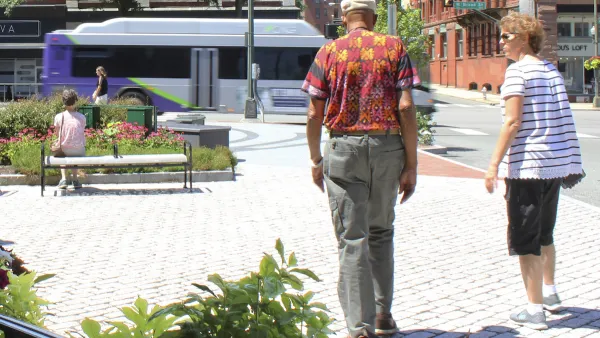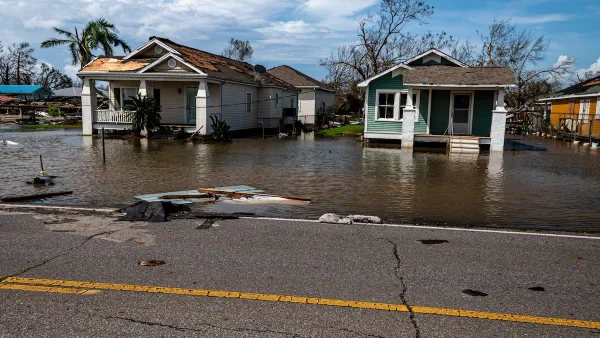Retail entertainment has exceeded the seemingly inflated expectations of a decade ago.
The 1990s saw the introduction of entertainment as a hot new shopping center type. But as is often the case with new retail concepts, experimentation and market realities led to some unexpected results. While stand-alone retail entertainment centers are still being created in specialized urban or faux-urban locations, they have not taken over the retail world in the way some originally envisioned. Instead, the impact has been more subtle and broad based. Even the terms used to describe retail entertainment have changed. What once were called urban entertainment centers are often referred to now as retail entertainment developments, lifestyle entertainment centers, destination developments, or entertainment-enhanced retail environments. In some cases, though entertainment is present at these developments, it is taken for granted and not mentioned at all.
...These entertaining environments, todays version of retail entertainment, are being successfully introduced, integrated, and sustained as an essential component of an impressively wide range of development types: new multiuse communities and town centers; repositioned strip centers and regional shopping malls; main street projects and urban mixed-use developments; sports facilities, museums, and casinos; historic and cultural districts; and downtowns (urban and suburban), waterfronts, and neighborhood commercial districts."
Thanks to Chris Steins
FULL STORY: Entertaining Development

Planetizen Federal Action Tracker
A weekly monitor of how Trump’s orders and actions are impacting planners and planning in America.

Vehicle-related Deaths Drop 29% in Richmond, VA
The seventh year of the city's Vision Zero strategy also cut the number of people killed in alcohol-related crashes by half.

As Trump Phases Out FEMA, Is It Time to Flee the Floodplains?
With less federal funding available for disaster relief efforts, the need to relocate at-risk communities is more urgent than ever.

Texas Safety Advocates Raise Alarm in Advance of Tesla Robotaxi Launch
The company plans to deploy self-driving taxis in Austin with no oversight from state or local transportation agencies.

How to Fund SF’s Muni Without Cutting Service
Three solutions for bridging the San Francisco transit agency’s budget gap without reducing service for transit-dependent riders.

Austin Tests Self-Driving Bus
Autonomous buses could improve bus yard operations for electric fleets, according to CapMetro.
Urban Design for Planners 1: Software Tools
This six-course series explores essential urban design concepts using open source software and equips planners with the tools they need to participate fully in the urban design process.
Planning for Universal Design
Learn the tools for implementing Universal Design in planning regulations.
Borough of Carlisle
Smith Gee Studio
City of Camden Redevelopment Agency
City of Astoria
Transportation Research & Education Center (TREC) at Portland State University
City of Camden Redevelopment Agency
Municipality of Princeton (NJ)


























